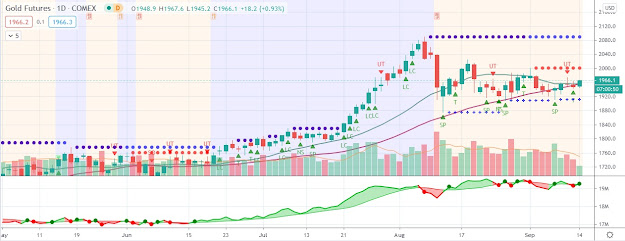All roads lead to money printing
 The gold price surged higher Tuesday, climbing 1.8% to $1,639 per ounce. The price of gold broke out above its 200-day moving average and has now advanced $76, or 4.8%, thus far in 2012. Stocks and commodities rose alongside gold as investors speculated that Chinese policy makers were set to pursue more aggressive monetary easing.
The gold price surged higher Tuesday, climbing 1.8% to $1,639 per ounce. The price of gold broke out above its 200-day moving average and has now advanced $76, or 4.8%, thus far in 2012. Stocks and commodities rose alongside gold as investors speculated that Chinese policy makers were set to pursue more aggressive monetary easing.Since reaching its $1,923 all-time high on September 6, 2010, the price of gold has now fallen 14.7%. However, the strong move to the upside in gold in the New Year has prompted many analysts to ponder whether the multi-month correction in gold prices is over. Long-time gold bull Bill Fleckenstein discussed the yellow metal’s recent travails in his latest weekly MSN Money column. “I’m sure precious-metals bulls were extraordinarily frustrated late in 2011, as gold and silver were sold regardless of the news,” he wrote. “In any event, as the year ended, the stage was set for a potent rally in the metals, and that was what I think we saw starting (last) Tuesday. The questions now are whether the last week of December was the low for this entire decline, and whether we get some sort of test of those prices (as well as what such a test might look like).”
“Since so many people trade gold on a technical basis, the determining factor for what the next pullback looks like may be dictated by whether it can get over its 200-day moving average,” Fleckenstein added.
As for the macroeconomic factors influencing gold prices, Fleckenstein contended that “Central banks the world over mean to print however much money it takes to avoid anything remotely approaching a declining cost of living, with only the Europeans being unwilling to stand up and say that is exactly what their goal is. Thus, the long-term outcome is not in doubt, although the short-term twists and turns are, as always… in the end, all roads lead to money printing, debased currencies and inflation until the printing press is taken away.”



Comments
Post a Comment